Consider e-books for increased class accessibility, sustainability
Midway Staff
Editor-in-Chief Téa Tamburo argues that students should be given the option to purchase e-books for their classes.
October 6, 2022
When asked to take out “The Uncensored Picture of Dorian Gray” in English class, I don’t flip open the book’s cover, I flip open my pink computer. Unlike my classmates, I use a digital copy.
Throughout the class discussion, my peers flip through their books and point to exact page numbers. I can follow along in my e-book and use computer commands to quickly locate the passages I’ve annotated.
Despite benefits in efficiency, I don’t want to be the only student using an electronic copy. Because of ongoing carpal tunnel syndrome, a nerve compression in the wrists that causes pain when using my hands, I need an annotatable e-book to both meet class annotation requirements and actively engage in class.
E-books are not permitted in English classes for students without this accommodation. Therefore, students with this accommodation, like myself, can feel disproportionately different from their peers, but the digital format also holds some advantages that should not be overlooked.
Offering the choice to purchase either an e-book or a physical copy would allow students, regardless of ability, to access content in their preferred medium, ease annotations and result in more environmentally sustainable curriculums.
Because only students with specific accommodations are allowed e-books, students without this are forced to use the print versions, whether they want to or not. There are three learning styles: auditory, visual and kinesthetic, where most people have a preference for one. Without an accommodation, a student is unable to choose their preferred learning style. Some platforms, like Apple Books, have the option to enable reading aloud and changing of the reading pace, allowing flexibility in consuming class materials.
Annotation tools, such as a highlighter and comment feature eliminate the crammed nature of writing lengthy annotations in book margins, so using these tools could result in more actively engaged reading.
Offering an electronic option for classes would also reduce the ecological footprint of the school. While digital reading may seem unreal or cutting-edge to some, Amazon released its first Kindle e-reader in 2007, and in 2011 Amazon announced that Kindle books were outselling the print versions. Digital books don’t occupy physical space or require trees, ink and glue in printing. By using a Kindle to full capacity, you could offset the emissions caused by its manufacturing in about a year. Using it longer would save 168kg of CO2 per year: the amount of CO2 produced by 22.5 physical books. Now, e-books are available on a multitude of platforms, some of which operate from a phone, computer or tablet, effectively removing all shipping and additional manufacturing impacts.
Imagine this ecological superiority if all U-High students had the choice of using e-books in classes.
The Laboratory Schools is a member of Bookshare and LearningAlly – cost-free e-book platforms provided to students with this accommodation. While environmentalism is a concomitant of the accommodation, there’s something valuable to be said for the educational and ecological benefits it holds. It’s time we all go green and open this accessible and environmentally friendly learning option to our students.



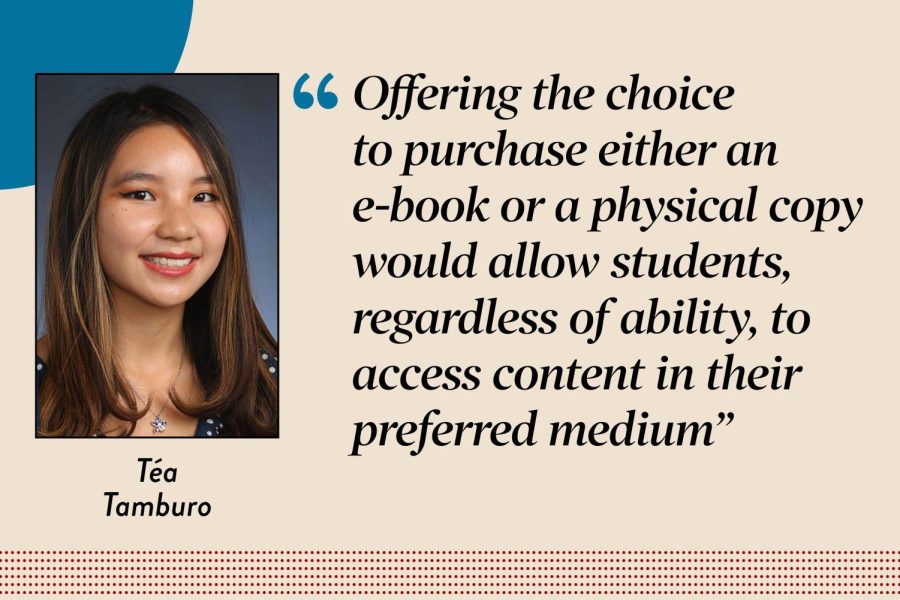



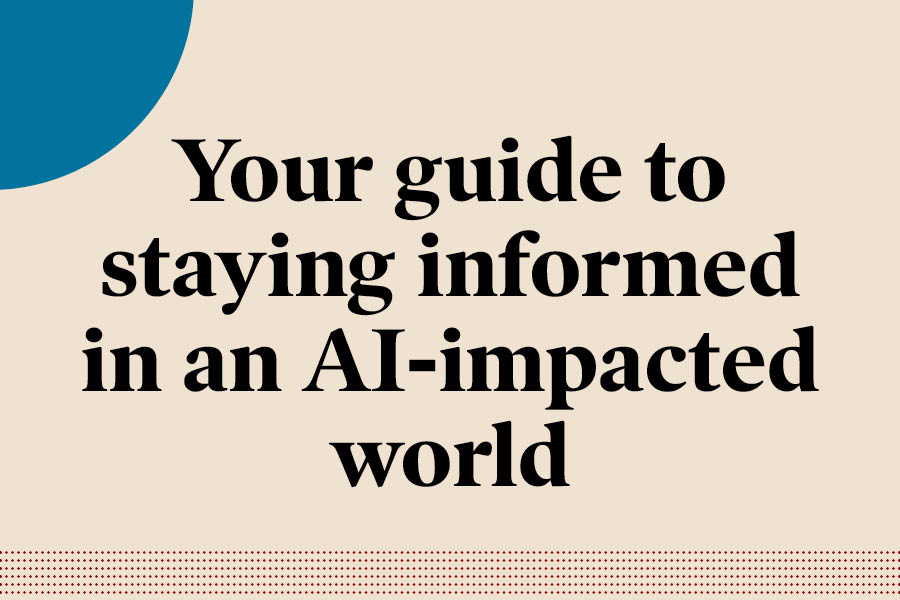


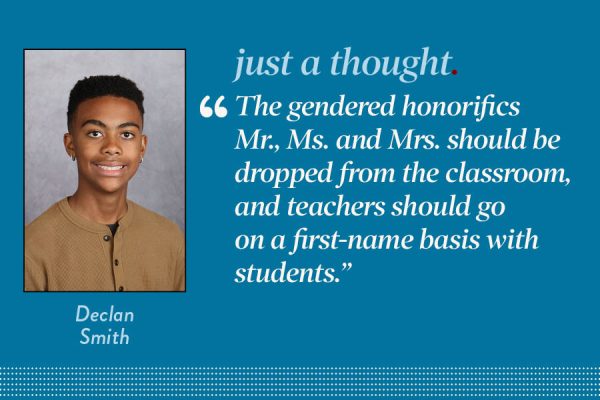

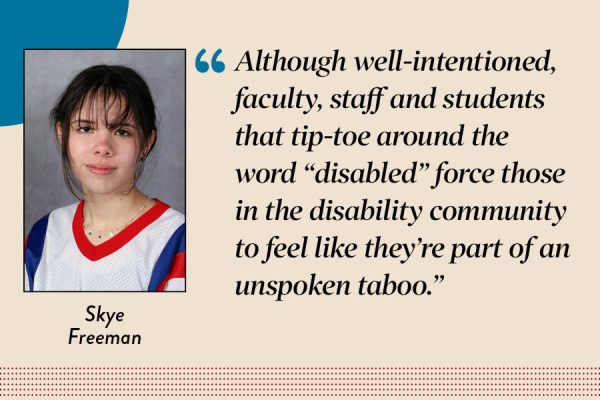

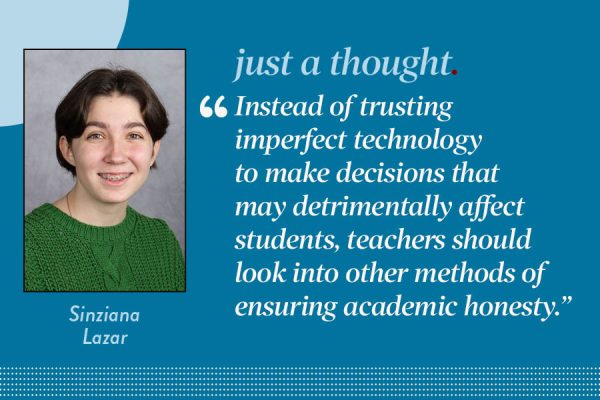

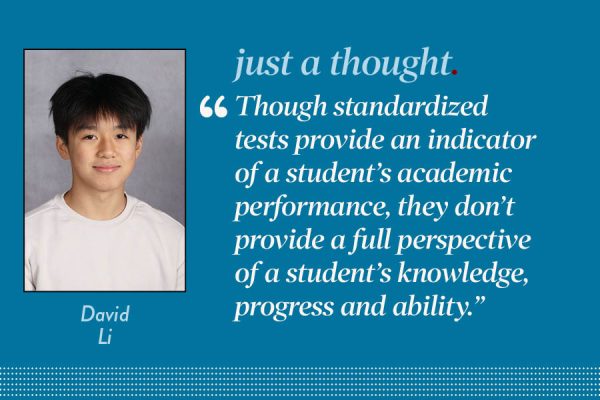
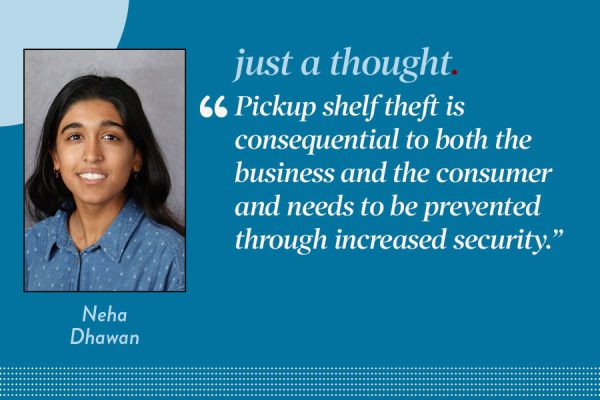
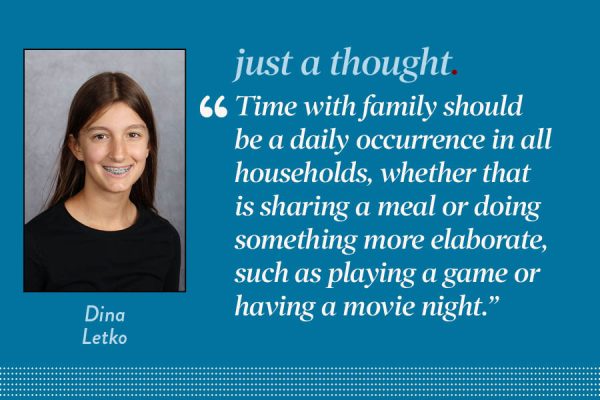
Stephanie Mitzenmacher • Oct 7, 2022 at 5:05 pm
Appreciate you sharing your experience and your perspective on universal design for learning.